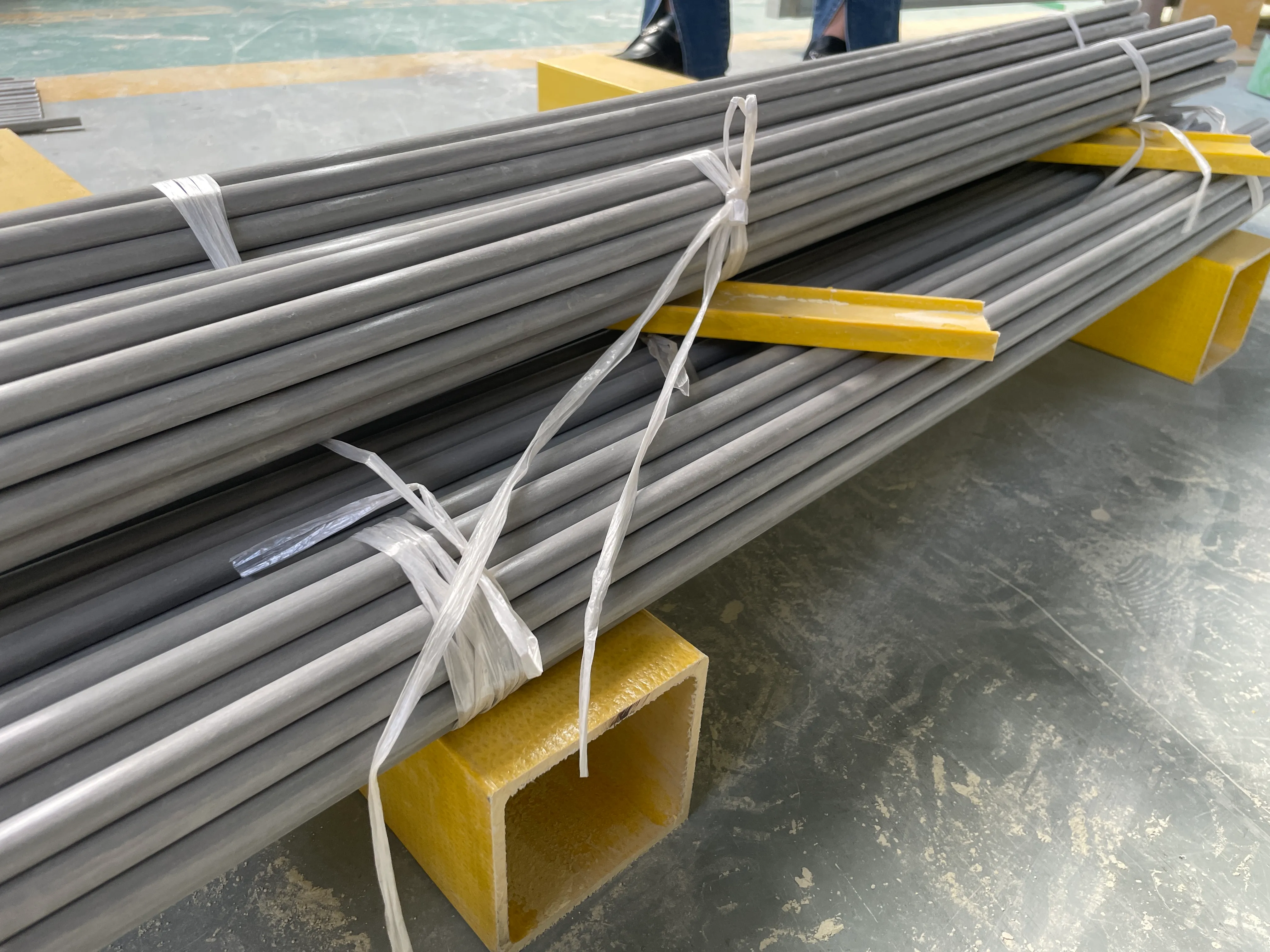loading...
- No. 9, Xingyuan South Street, Dongwaihuan Road, Zaoqiang County, Hengshui, Hebei, China
- admin@zjcomposites.com
- +86 15097380338
- Welcome to visit our website!
Exploring the Benefits and Applications of FRP Rods in Modern Construction
The Versatility of FRP Rods in Modern Applications
Fiberglass Reinforced Polymer (FRP) rods have emerged as a game-changer in various engineering and industrial applications due to their unique properties. Combining the strength of fiberglass with the lightweight characteristics of polymers, FRP rods offer an innovative alternative to traditional materials like steel and concrete. This article explores the advantages, applications, and future potential of FRP rods in modern industries.
.
FRP rods have found widespread application in construction and civil engineering. They are increasingly used as reinforcement in concrete structures, where they provide added support while minimizing weight. In seismic zones, the flexibility and strength of FRP rods help buildings withstand the forces generated by earthquakes. Beyond construction, FRP rods are valuable in the production of bridge components, telecommunication towers, and even wind turbines, where their lightweight nature contributes to enhanced performance.
frp rod

Another significant advantage of FRP rods is their durability. Unlike steel, which can corrode over time, FRP materials are resistant to environmental degradation. This longevity translates to lower maintenance costs and longer lifespans for the structures they support. Engineers can design structures with confidence, knowing that FRP rods will maintain their integrity even in challenging environments.
In addition to their mechanical properties, FRP rods can be designed to meet specific requirements. Manufacturers can modify settings for tensile strength, flexibility, and thermal resistance, resulting in tailored solutions for various applications. For example, in the aerospace and automotive industries, manufacturers use FRP rods to create lightweight, high-strength components that enhance fuel efficiency without compromising safety.
Looking toward the future, the demand for FRP rods is expected to grow as industries continue to seek sustainable and efficient materials. Ongoing research into innovative composites, such as hybrid FRP formulations that combine different fibers or incorporate recycled materials, presents exciting avenues for development. As environmental concerns become increasingly prominent, FRP rods offer a greener alternative to traditional materials, contributing to more sustainable construction practices.
In conclusion, the versatility of FRP rods positions them as an essential material in contemporary engineering and construction. Their unique combination of lightweight, strength, and durability makes them invaluable across varied sectors. As technology advances and industries evolve, FRP rods are poised to play a critical role in shaping the future of sustainable engineering solutions. The exploration and application of FRP rods are not just a testament to innovation but also a commitment to building a more resilient and eco-friendly world.
-
The Rise of FRP Profiles: Strong, Lightweight, and Built to LastNewsJul.14,2025
-
SMC Panel Tanks: A Modern Water Storage Solution for All EnvironmentsNewsJul.14,2025
-
GRP Grating: A Modern Solution for Safe and Durable Access SystemsNewsJul.14,2025
-
Galvanized Steel Water Tanks: Durable, Reliable, and Ready for UseNewsJul.14,2025
-
FRP Mini Mesh Grating: The Safer, Smarter Flooring SolutionNewsJul.14,2025
-
Exploring FRP Vessels: Durable Solutions for Modern Fluid HandlingNewsJul.14,2025
-
GRP Structures: The Future of Lightweight, High-Performance EngineeringNewsJun.20,2025
